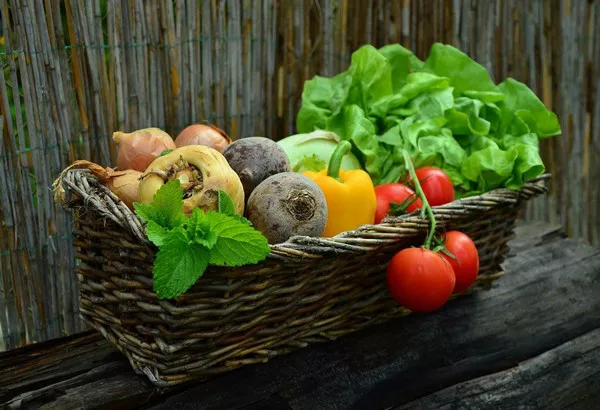Amid declining annual inflation in the EU, a concerning trend of high food inflation persists, impacting low-income households throughout Europe. Although inflation in the euro area has reduced from its peak of 10.6% (11.5% in the EU) in October 2022 to 2.9% (3.6% in the EU) in October 2023, real food inflation remains a significant challenge.
Real food inflation, calculated by subtracting overall inflation from food inflation, reached 4.6% in the euro area (4% in the EU) in October 2023. This places considerable strain on low-income families grappling with the broader cost of living crisis.
In 2022, the EU experienced inflation rates not seen in the previous four decades, with the annual food and non-alcoholic beverage inflation rate reaching a peak of 19.2% in March 2023. The past 12 months have seen an unprecedented gap between overall inflation and that of food and non-alcoholic beverages.
Since 1997, the real food inflation rate in the EU had not exceeded 3.5% until mid-2022, peaking at 10.9% in March 2023. In October 2023, the annual food and non-alcoholic beverages inflation exceeded overall inflation in 33 out of 37 European countries.
Belgium recorded the highest real food inflation rate among EU countries at 10.9%, followed by the Netherlands (8.8%), Greece (6.6%), and Spain (5.9%). Conversely, Czechia, Hungary, and Romania had the lowest real food inflation rates.
In the four most populated EU countries, Germany and France had real food inflation rates below the EU average (3.7% and 3.5%, respectively), while Spain (5.9%) and Italy (4.9%) experienced rates above the average.
When including the European Free Trade Area (EFTA), the UK, and EU candidate countries, Turkey recorded the highest real food inflation rate at 11.0%.
The World Bank’s Food Security update highlighted rising energy costs as a major driver of food inflation, affecting the entire agri-food chain. Reduced supply of key agricultural inputs, such as fertilizers and animal feed, has contributed to higher costs for farmers.
Europe, particularly affected by disruptions from the war in Ukraine, has experienced double-digit food price inflation. Ukraine, a significant food producer and exporter, plays a crucial role in the region’s food supply chain.
Household consumption patterns vary based on income levels, cultural habits, and geographical location. In 2021, 14.3% of total expenditure in the EU was devoted to food and non-alcoholic beverages. However, in 2022, the share of household consumption expenditure on food reached 25.2% in Romania, with Lithuania, Bulgaria, and Estonia following closely.
In EU candidate countries, the share of spending on food was notably higher, with Albania, Bosnia and Herzegovina, North Macedonia, and Montenegro recording significant percentages. Real food inflation in these countries is critical as it directly impacts low-income households already struggling with the cost-of-living crisis.

